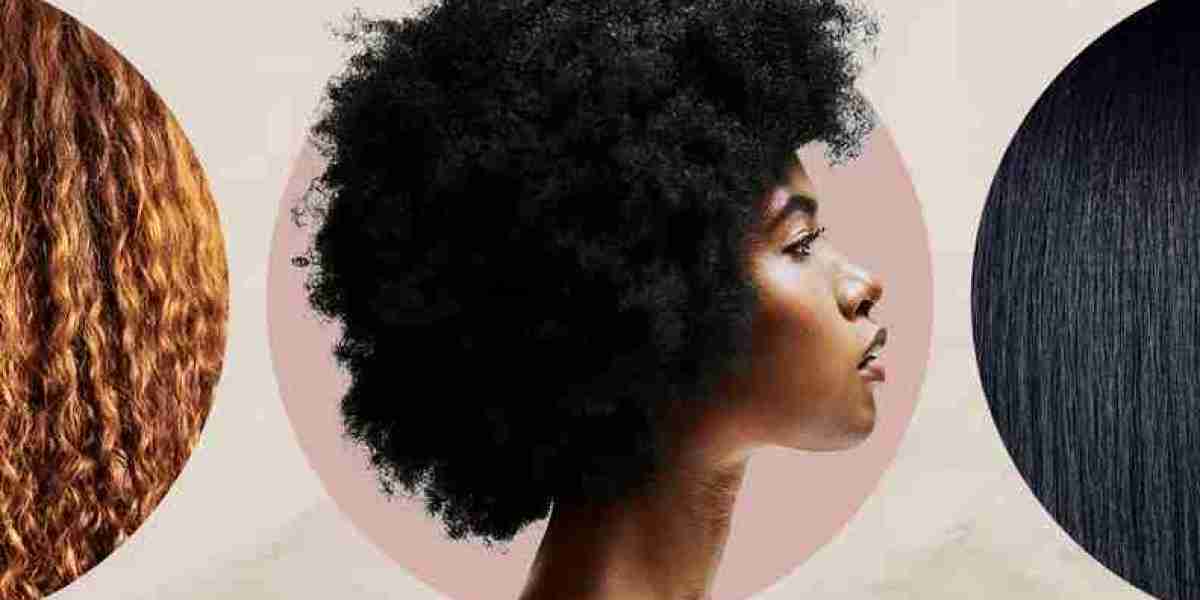The natural hair movement, created in the 1960s, was fundamentally designed to be inclusive and to give Black women a space where they could celebrate their hair as it grew, sans manipulation. Although the movement was built to uplift natural hair types, that's not necessarily what happens in practice. In Chris Rock's 2009 documentary "Good Hair" — an exploration of the importance of hair in the Black community — the comedian says, "If hair is nappy, they aren't happy." Over a decade later, we still find ourselves in situations where this is true.
Time and time again, those of us with textured hair experience discrimination in the workplace, schools, and daily life. Sure, movements and even laws like the CROWN Act have stepped in to help depoliticize Black hair, but discrimination is still deeply embedded. The idea that hair textures closer to straight hair are more acceptable still persists. And what might be propelling these ideals is the hair type scale.
Who Created the Hair Type Scale?
The history of the hair typing system is a complicated one. The original hair type system, the hair gauge, was developed in 1905 in present-day Namibia by Eugen Fischer — a German scientist whose ideas informed the Nazi Party's Nuremberg Laws — to understand an individual's proximity to whiteness based on their hair texture. Decades later, during South Africa's apartheid, this type of discrimination was echoed with the "pencil test," which stated if a pencil could perfectly position itself inside your hair while you shook your head, you could not be classified as white.
Today, we often reference Oprah Winfrey's former hairstylist Andre Walker as the creator of the 1A-4C system we use today, widely known as The Hair Chart. The scale separates textures into four categories, starting at 1 for straight hair, 2 for wavy, 3 for loose curls, and 4 for the coarsest and most tightly curled texture. The scale then gets divided into letters A-C, with 4C hair being the kinkiest and curliest of them all.
For many, it's looked at as a guide — allowing individuals to name their curl pattern and follow routines and products to suit their hair type. On TikTok, for example, you'll see over three billion views on videos about type 4 hair: detailing product recommendations, how-tos, and hairstyles that complement the texture. "The chart is not a professional tool, but instead provides a visual reference for general relatability," Jatina Nixon, Mielle's lead hairstylist, tells PS.
Does the Hair Type Scale Perpetuate European Beauty Ideals?
Although it can be viewed as common language to understand your hair, classifying tools have been used throughout history to compare and contrast how "white" people are. It's led many to believe that The Hair Chart, which focuses solely on curl circumference, has alienated those placed at the end of the scale. (Walker did not immediately respond to PS's request for comment on the subject.)

